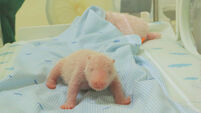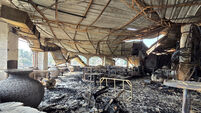So far, so good for 'Big Bang machine'
Scientists today launched the "Big Bang experiment" - an attempt to recreate the start of the universe using the biggest and most complex machine yet built.
The €6.2bn Large Hadron Collider was powered up without a hitch at CERN, the European nuclear research organisation in Geneva.














